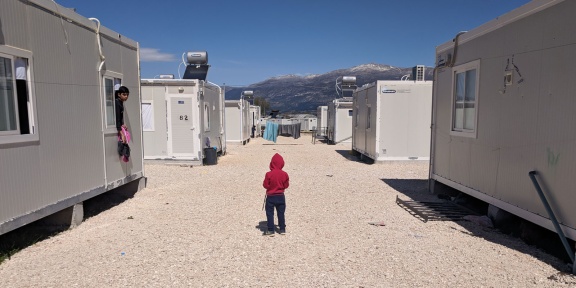
The refugee generation of inaction and uncertainty
Ioannina is a city of 120,000 people, 40 miles from the Greco-Albanian border. The geography in this region is very different from the stereotypical Greek landscape of sun and sea. The city is situated in the Greek hinterland, at an altitude of 490 metres, and is ringed by mountains. The weather is proverbially bad, with 129 days of rain annually, 20 more than London and with double the quantity of rainwater: 1,180 cc of rain falls on Ioannina every year, as against ‘just’ 600 cc in London. As the residents of the city are in the habit of saying, self-depreciatingly but also with some pride, “when it rains, it sometimes forgets to stop”.
On one of these rainy days, September 7, 2016, the refugee camp at Katsikas, five miles outside Ioannina, flooded. In the tents there lived 1,200 people who had arrived six months earlier, on March 23, 2016, after an organised operation to bring them here from the islands of Lesvos, Samos and Chios.
| Mπορείτε να διαβάσετε το θέμα στα ελληνικά εδώ. |
At the end of 2014 Greece had available infrastructure for offering hospitality to 1,200 refugees. Thus, when the refugees started arriving from the entry points to the relocation centres, the Greek state